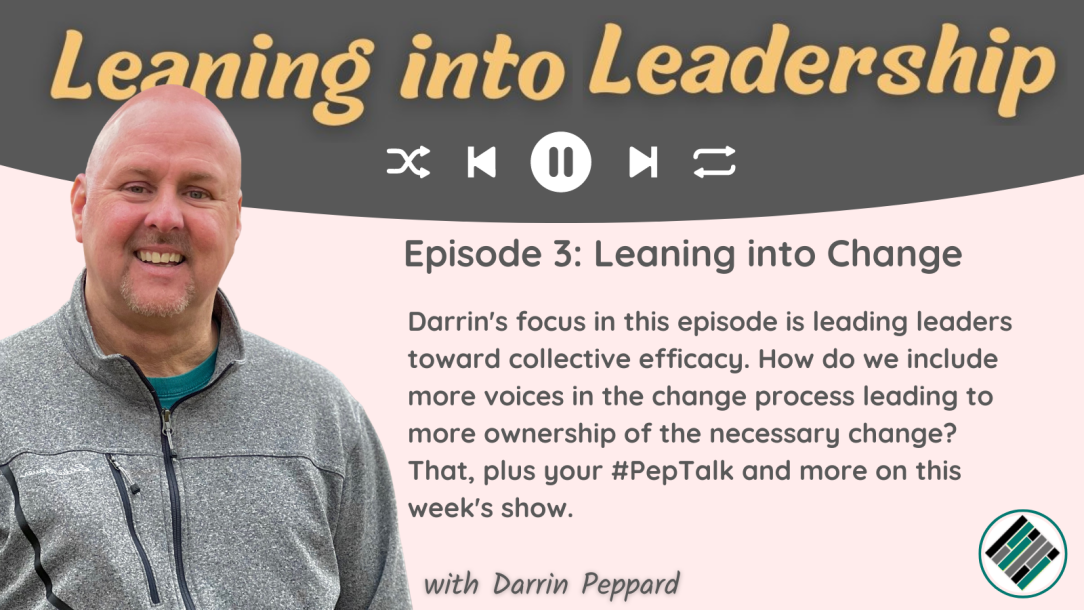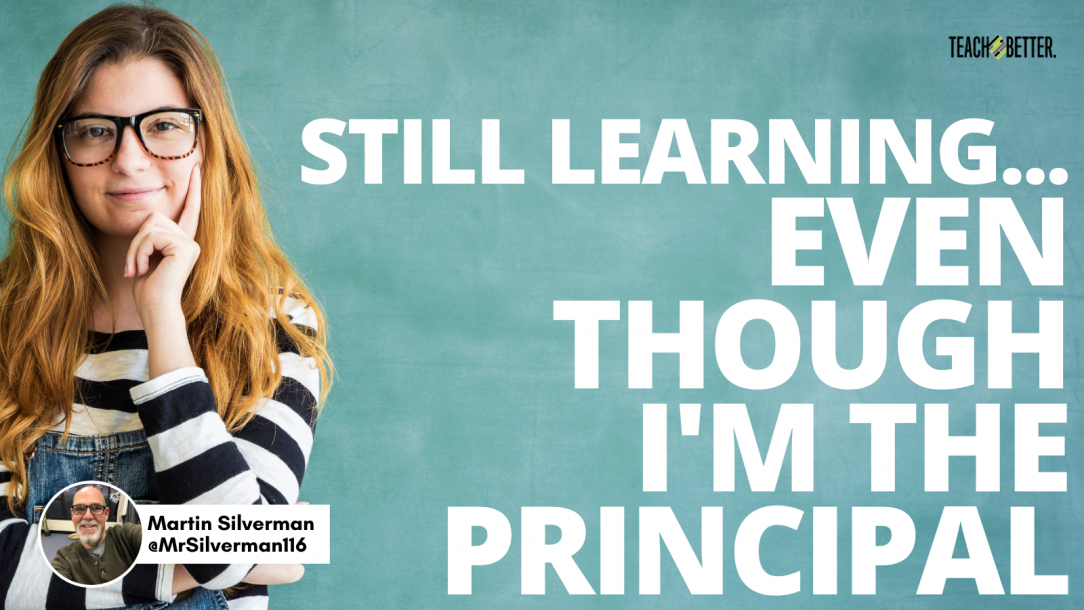Leadership expert Don Schminke joins the show to share his thoughts on the connections between biology and failure, why we tend to blame our tools instead of owning our behaviors, and a simple step we can all take to double our staff size (or at least their productivity). That, plus your #PepTalk on this week’s episode. MORE EPISODES
Episode 3: Leaning into Change
What does it take for a leader to drive change? The answer might surprise you. Leaders have a responsibility that often leads to the trap of doing it all. Actually a leader’s role is to create conditions in which change can occur. Darrin’s focus in this episode is leading leaders toward collective efficacy. How do we include more voices in … Read More
Great Leaders Know When to Get Off Their Soapbox
TL;DR: We all have a soapbox. It may be more important to get off the soapbox than to constantly stand on the soapbox and announce our good intentions. The “Knowing-Doing Gap” is created when school staff know the jargon, but fail to change their practice. Eduspeak is one of the main barriers to supporting more students and transforming teaching and … Read More
Still Learning…Even Though I’m the Principal
TL;DR: Even when you hold a leadership position, you still learn new things every day. Make sure your reasons for asking staff to produce something are clear and be sure to communicate the “why.” Even though I’m the principal, and have been doing this for a long time, doesn’t mean I don’t occasionally learn a lesson! I have a very … Read More
How to Effectively Lead and Manage Change
TL;DR: School leaders can effectively lead and manage change by communicating why change is necessary. School leaders should involve team members in the change process, and explain and articulate what the change will look like. Leaders put the needs of their people first by providing support and helping them navigate through the process. By not possessing a domineering personality as … Read More






